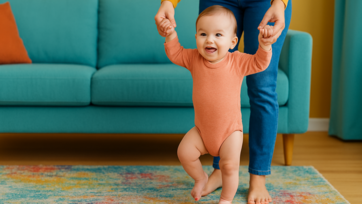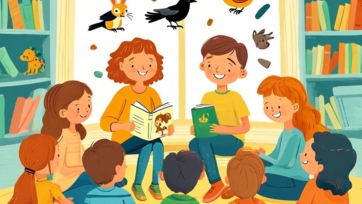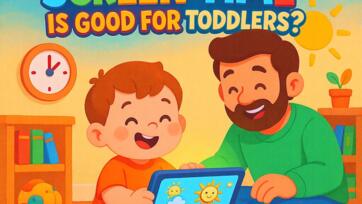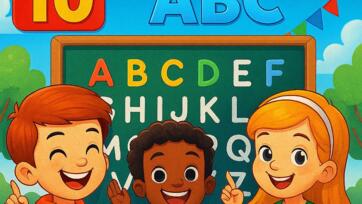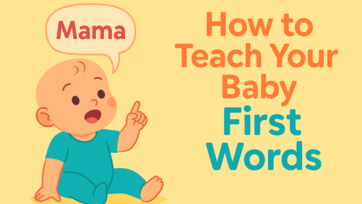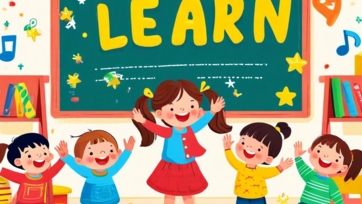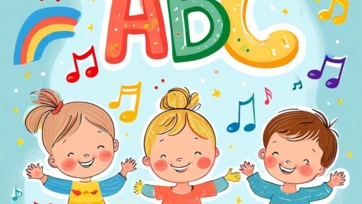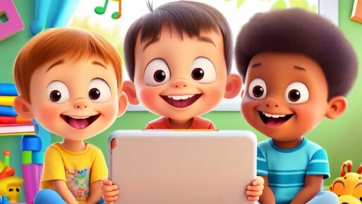Creating a structured daily learning routine at home is one of the best ways to support your child’s education and development. Whether your child is a toddler, preschooler, or in elementary school, a well-planned routine builds focus, confidence, and lifelong learning habits.
In this guide, we’ll explore how to build a fun, effective, and balanced learning routine at home—without stress or pressure. It’s easier than you think!
Why a Daily Learning Routine Matters
Children thrive on structure and predictability. Knowing what to expect each day helps them feel safe, organized, and ready to learn. A good routine:
-
Builds healthy habits
-
Reduces screen time
-
Improves concentration
-
Strengthens time management
-
Encourages independence and responsibility
Plus, it helps parents stay consistent while juggling household or work-from-home tasks.
Step 1: Set Clear Learning Goals
Before creating a routine, think about what you want your child to learn. Goals vary by age and stage.
✅ Examples of Learning Goals:
| Age Group | Learning Focus |
|---|---|
| Toddlers (1–3 years) | Language development, motor skills, listening |
| Preschoolers (3–5 years) | ABCs, counting, storytelling, routines |
| Early Primary (6–8 years) | Reading, basic math, writing, science fun |
| Older Kids (9+ years) | Study habits, homework time, research skills |
Set realistic expectations—15 to 30 minutes per subject is enough for younger kids.
Step 2: Design a Flexible Daily Schedule
Your child’s day should include a mix of structured learning, creative play, and rest. Here’s a sample routine you can adapt:
🌞 Morning Routine (8:00 AM – 11:00 AM)
-
8:00 AM – Wake up & breakfast
-
8:30 AM – Morning circle time / calendar
-
Talk about the day, weather, days of the week
-
-
9:00 AM – Core learning activity
-
Alphabet practice, phonics, or math games
-
-
10:00 AM – Creative time
-
Drawing, painting, puzzles, or building blocks
-
-
10:30 AM – Snack & free play
🌤️ Midday Routine (11:30 AM – 2:00 PM)
-
11:30 AM – Educational videos or read-aloud
-
Choose age-appropriate shows (e.g., Super Simple Songs, Alphablocks)
-
-
12:00 PM – Lunch
-
1:00 PM – Nap or quiet time
-
Storybooks, soft music, or resting
-
🌈 Afternoon Routine (2:30 PM – 5:00 PM)
-
2:30 PM – Activity of the day
-
Science experiment, baking, gardening
-
-
3:30 PM – Outdoor play / physical activity
-
Biking, nature walk, dance time
-
-
4:30 PM – Review and storytelling
-
Talk about what was learned today
-
🌙 Evening Routine (6:00 PM – 8:00 PM)
-
6:00 PM – Dinner
-
7:00 PM – Bedtime reading & reflection
-
Let your child choose a story
-
-
7:30 PM – Lights out or quiet bedtime music
Step 3: Keep It Fun and Playful
Young children learn best through play, music, and movement. Add games, songs, and interactive elements to your daily routine.
✅ Fun Learning Ideas:
-
Sing the ABCs while jumping or clapping
-
Use play-dough to form letters or numbers
-
Count toys or snacks during snack time
-
Turn clean-up time into a challenge or song
The goal is not to “study hard,” but to make learning a natural part of daily life.
Step 4: Use Visual Schedules
Children love visuals! Use a colorful daily chart with pictures to help them follow the routine.
-
Print or draw icons for activities (sun for wake-up, book for reading)
-
Hang it where your child can see it daily
-
Let them put a sticker or mark after completing each activity
This builds responsibility and independence—and makes learning exciting!
Step 5: Mix Screen Time with Hands-On Learning
Educational apps and videos are useful—but should be balanced with offline activities.
🔁 Screen + Real World = Smart Learning
| On Screen | At Home Activity |
|---|---|
| Alphabet song | Trace letters with crayons or fingers |
| Counting video | Count toys, fruits, or stairs |
| Shape game | Find shapes in the room |
| Story video | Act out the story with toys |
Step 6: Include Breaks and Downtime
Kids need breaks between activities to reset, rest, and refresh their minds.
-
Use snack breaks, playtime, and naps to recharge
-
Avoid pushing too much learning in one go
-
Watch for signs of tiredness or boredom
Remember, a tired or distracted child won’t absorb anything—short, frequent learning bursts work better than long sessions.
Step 7: Involve the Whole Family
Make learning a family activity to build strong connections and motivation.
-
Let siblings join in group reading or games
-
Ask your child to “teach” you what they learned today
-
Involve grandparents in story time through video calls
This helps build communication, emotional bonding, and confidence.
Step 8: Track Progress and Celebrate Small Wins
Celebrate every small step in learning! Positive reinforcement encourages your child to stay excited and confident.
-
Use a reward chart or sticker board
-
Give praise, high-fives, or small treats
-
Keep a learning journal or folder of your child’s work
It’s not about being perfect—it’s about progress, curiosity, and effort.
Step 9: Be Flexible and Adjust as Needed
Every child is different. If something’s not working, it’s okay to switch things up.
-
Try morning learning if your child is most alert then
-
Focus more on art and creativity if your child resists worksheets
-
Shorten activities if attention span is short that day
The best routine is the one that fits your family’s lifestyle and your child’s personality.
Bonus: Tools and Resources for Daily Learning at Home
| Type | Examples |
|---|---|
| Printable worksheets | Learn-Kids.com, Twinkl, Education.com |
| YouTube channels | Miss Rachel, Sesame Street, Super Simple Songs |
| Educational apps | Khan Academy Kids, ABCmouse, PBS Kids Games |
| Audiobooks | Audible for Kids, Spotify Kids Stories |
| Storybooks | Scholastic, Usborne, Oxford Reading Tree |
Conclusion: Make Learning a Joyful Daily Habit
Building a daily learning routine at home doesn’t require fancy tools or hours of study. All it takes is consistency, creativity, and love. A simple, well-balanced routine gives your child the structure they need while keeping their curiosity and excitement alive.
Whether it’s 30 minutes of ABCs or an afternoon of painting and play, every small step adds up to big growth.
For printable schedules, fun worksheets, and free educational videos, visit Learn-Kids.com. Follow us on YouTube, Facebook, and Instagram for more learning inspiration!

